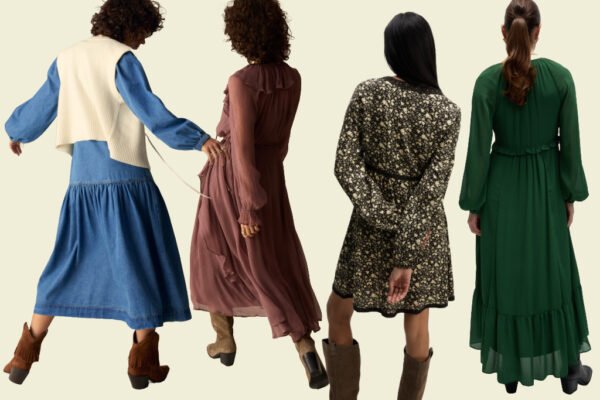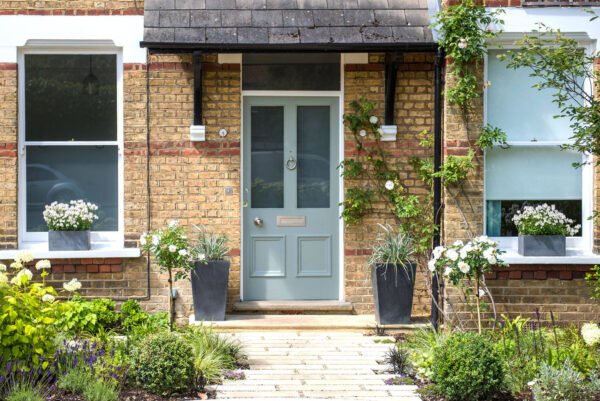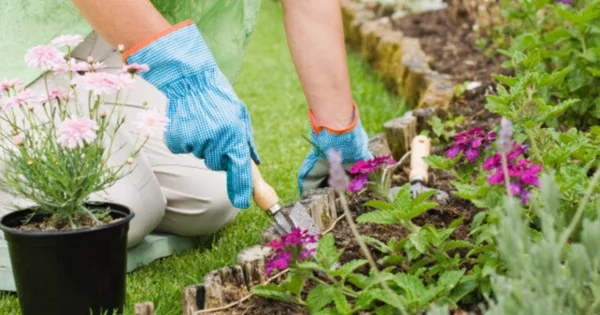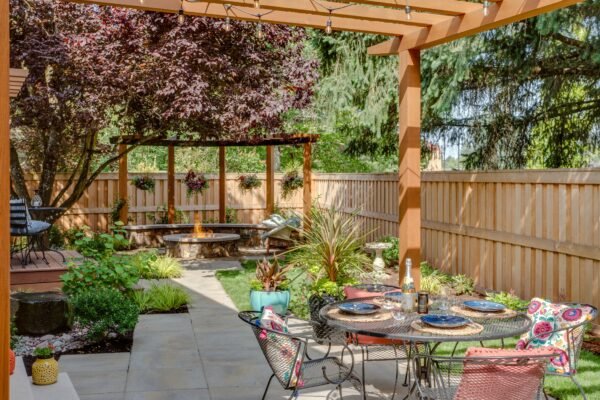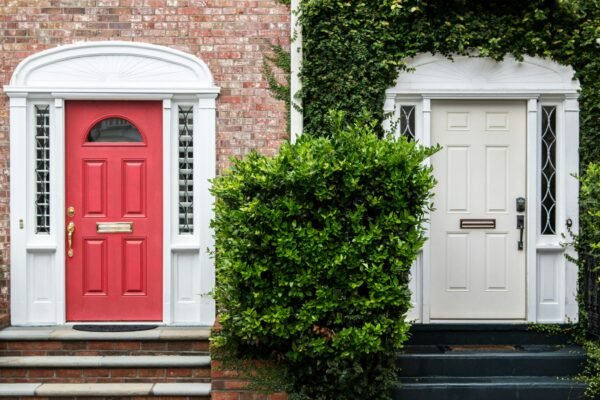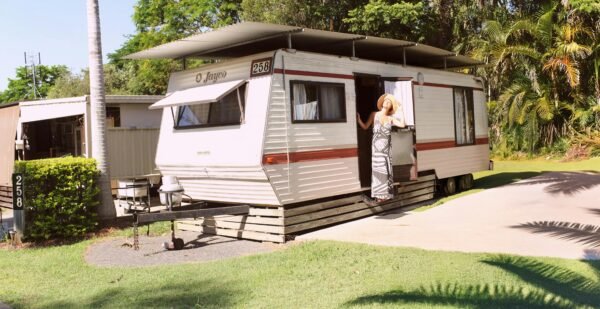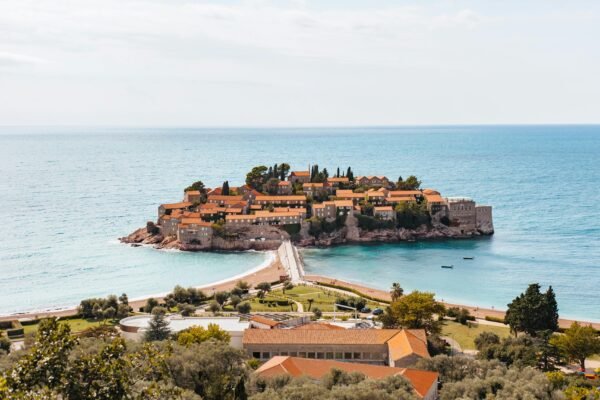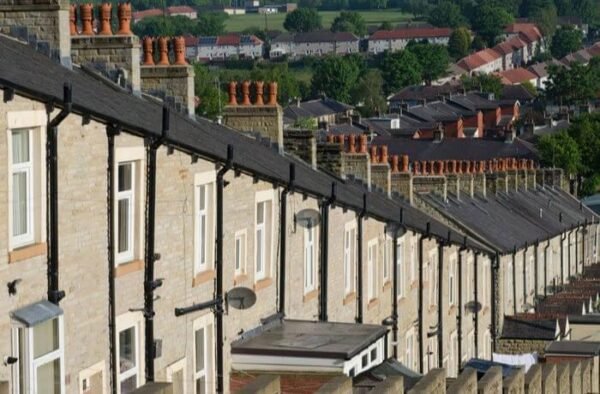
Can I Install a Wood Burning Stove in a Smoke Control Area in the UK?
Installing a wood burning stove in your home can be a fantastic way to heat your living space and reduce energy bills, especially in areas with rising gas and electricity prices. However, if you’re considering installing a stove in a smoke control area, there are specific rules and regulations you need to be aware of. This guided article will explain everything you need to know about installing a wood burning stove in a smoke control area in the UK, including the legal requirements and the role of chimney liners and flue pipes.
What is a Smoke Control Area?
A smoke control area is an area where it is illegal to emit smoke from chimneys unless you are burning approved fuels. These areas are typically found in urban settings to reduce air pollution, as smoke from burning coal, wood, and other fuels can contribute to poor air quality. The UK government, through the Clean Air Act 1993, designates these areas to improve air quality and protect the health of residents.
Smoke control areas can be found in many cities and towns, especially in built-up regions like London, Manchester, and Birmingham. In these areas, you are restricted from burning ordinary wood or coal in your stove unless the stove and fuel comply with regulations set by the government.
Installing a Wood Burning Stove in a Smoke Control Area: What You Need to Know
When you install a wood burning stove in a smoke control area, there are specific steps you must follow to ensure you comply with the regulations. The most important requirement is that your stove must be DEFRA-approved (Department for Environment, Food & Rural Affairs). DEFRA-approved stoves have been tested and are capable of burning wood and other fuels without producing excessive smoke, making them suitable for installation in smoke control areas.
DEFRA-Approved Stoves
To legally burn wood in a smoke control area, your stove must be certified by DEFRA. These stoves are designed to meet the strict emission standards set by the government. When choosing a wood burning stove for a smoke control area, always check that it is DEFRA-approved. The stove should have the DEFRA certification logo, confirming that it meets these standards.
Approved Fuels
In addition to the stove, you must use approved fuels in smoke control areas. This includes specific types of smokeless coal and certain brands of dry, seasoned wood. Ordinary wood, unless it is specifically designed for use in a smoke control area, is not allowed to be burned in these zones. You can usually find a list of approved fuels on DEFRA’s website.
The Role of Chimney Liners and Flue Pipes in Smoke Control Areas
When installing a wood burning stove in a smoke control area, the chimney liner and flue pipe play an essential role in ensuring your stove operates safely and efficiently.
Chimney Liner
A chimney liner is a flexible or rigid lining installed inside the chimney to help safely guide the smoke from your stove out of the home. In smoke control areas, chimney liners are often used to ensure the chimney meets the proper ventilation and safety standards. They help reduce the risk of dangerous gases entering your home and provide better insulation for your flue system.
In a smoke control area, using a chimney liner is especially important because it helps maintain the correct draft, ensuring that smoke is directed outside, rather than building up inside your home. If you’re replacing or upgrading your chimney, or if your chimney is not properly lined, it’s crucial to install a high-quality liner that complies with building regulations and ensures the safe operation of your stove.
Flue Pipe
A flue pipe connects your stove to the chimney or outside vent. It’s essential that the flue pipe is properly sized and installed to ensure efficient smoke extraction. When choosing a flue pipe for a smoke control area, you’ll need to consider both the size of the stove and the distance between your stove and the chimney or external vent.
For installations in smoke control areas, a double wall flue pipe is often recommended. This type of pipe is insulated, which helps maintain a higher temperature in the flue, improving the draft and reducing the likelihood of creosote build-up. The correct flue pipe ensures that your stove operates at optimal efficiency, burning wood with minimal smoke and harmful emissions.
Steps to Install a Wood Burning Stove in a Smoke Control Area
If you are planning to install a wood burning stove in a smoke control area, here’s a step-by-step guide to help you through the process:
- Check the Regulations: Before starting, make sure to check the local regulations regarding wood burning stoves. Verify whether your property is within a designated smoke control area and what the specific requirements are for stoves and fuels in your area.
- Select a DEFRA-Approved Stove: Choose a DEFRA-approved stove that is specifically designed to meet the emissions standards for smoke control areas. Check the stove’s certification before making a purchase.
- Choose the Right Chimney Liner and Flue Pipe: Install a suitable chimney liner that complies with the safety standards. It should be durable and capable of handling the heat and moisture produced by the stove. Additionally, select a flue pipe system that ensures proper ventilation and draft, such as a double wall flue pipe.
- Ensure Proper Installation: Hire a qualified professional who is experienced in installing stoves in smoke control areas. They will be familiar with the regulations and can ensure that the installation is safe, secure, and compliant with all requirements. Proper installation is critical to avoid safety risks, including carbon monoxide poisoning or fire hazards.
- Regular Maintenance and Inspections: Once your stove is installed, it’s important to maintain it regularly. Have your stove and chimney system inspected annually by a certified chimney sweep to ensure it remains in good working condition and continues to meet emissions standards.
Conclusion
Installing a wood burning stove in a smoke control area in the UK requires careful attention to regulations and safety standards. To ensure you comply with these rules, choose a DEFRA-approved stove, use approved fuels, and install the correct chimney liner and flue pipe.
While the installation process may seem complicated, following these guidelines and working with a professional installer will help ensure your stove is both safe and efficient. By adhering to the rules, you can enjoy the warmth and charm of a wood burning stove without compromising the air quality in your home or community.






